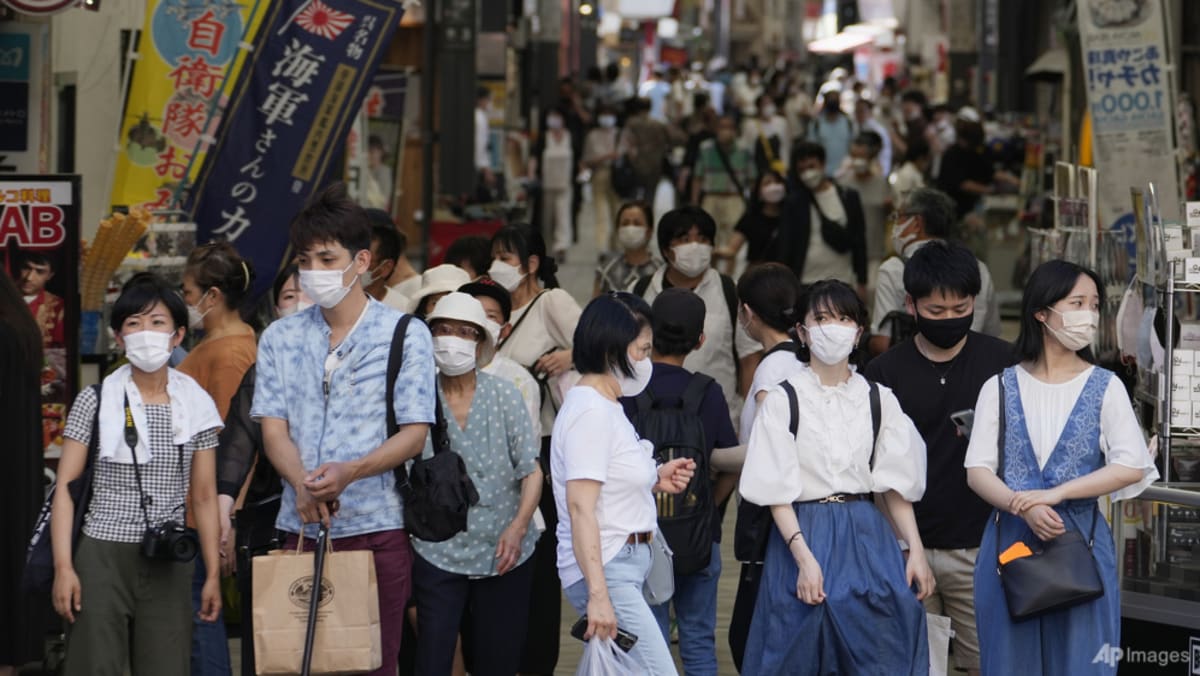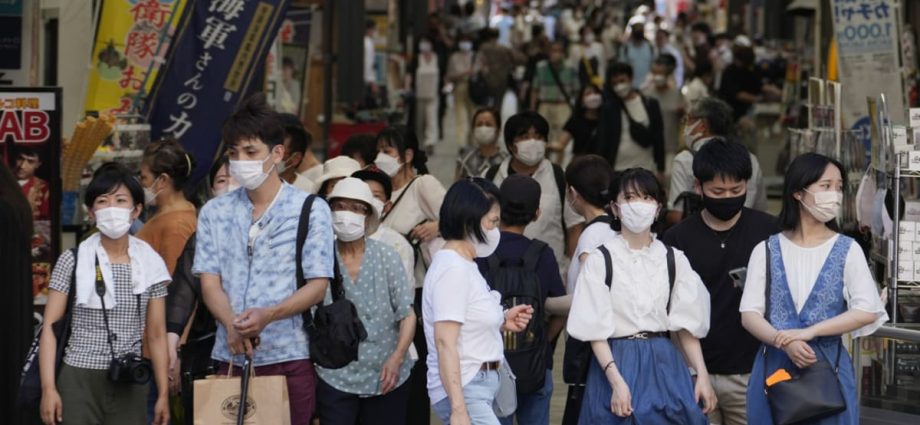
TOKYO: With the borders finally open, foreigners arriving in Japan are noticing some things here are different. Dining out is a bargain, thanks to relatively low inflation and the weak yen. Once-familiar areas are now unrecognisable thanks to a building boom. And mask-wearing is still almost ubiquitous, even outdoors.
The Japanese public still prefers to mask up, despite increased prodding from the government to let their guard down a little. For many visitors from the West, for whom masks have become a long-abandoned battleground in the culture wars, it can be slightly disorientating.
The feeling is mutual. The return of reluctant-to-mask tourists is triggering internal debate on Japan’s outlier status. From day one, the country has largely followed its own pandemic playbook – eschewing lockdowns, mass testing and vaccine mandates in favor of a low-tech, common sense approach.
Despite never ordering mask wearing, encouraging their use in almost all social situations was a core part of this plan. The population was familiar with masks since long before COVID-19: It was considered polite to wear one when sick, while millions more wore them in hay fever season.
During the pandemic, masks have become such an integral part of society that they’ve been nicknamed “kao pantsu,” or face underwear – such is the idea of being caught without one.
ATTITUDES ON FACE MASKS ARE CHANGING
As foreigners return in droves, some Japanese fret that maskless tourists will help set off another surge in infections.
Others argue that Japan instead should use the opportunity to imitate the West’s abandoning of masks, with face-coverings alone failing to stem a record-breaking COVID-19 wave this summer. Implicit in the criticism is a feeling that Japan is lagging the rest of the world, clinging to outmoded methods others have already dropped.

